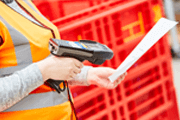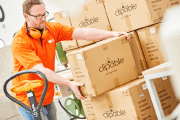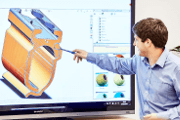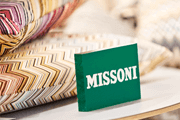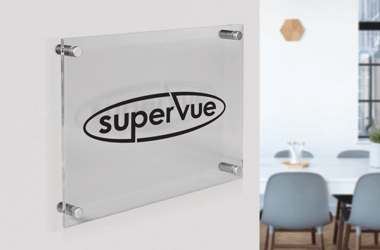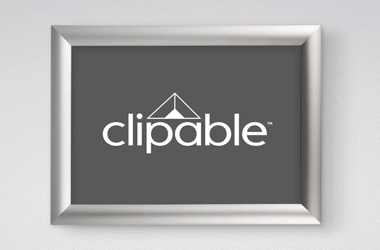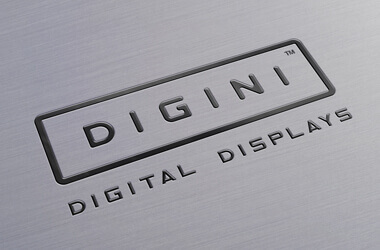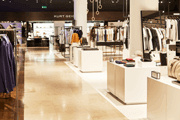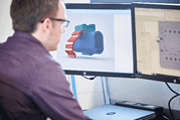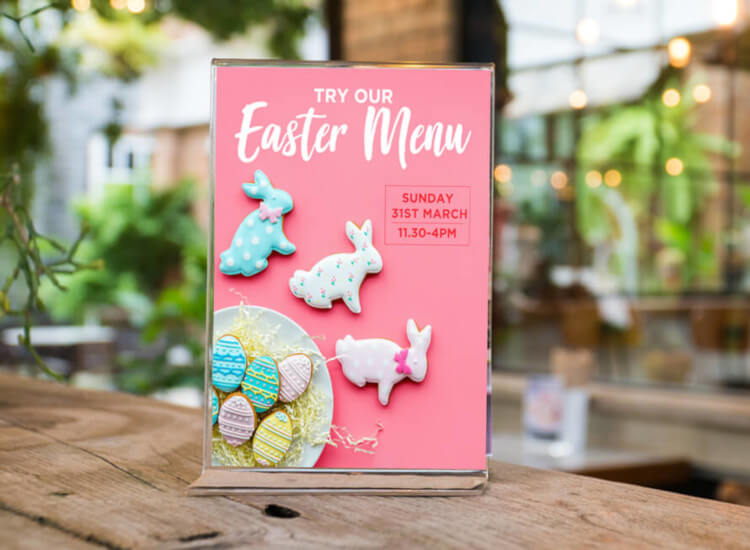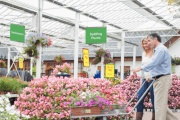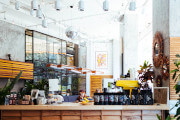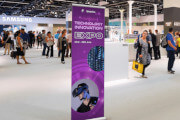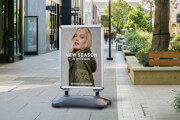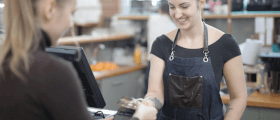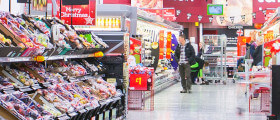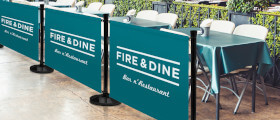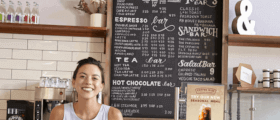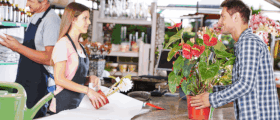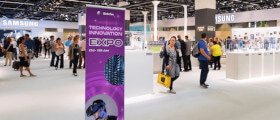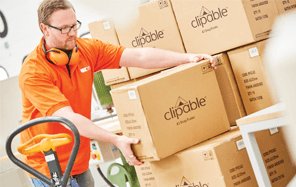Top 10 Visual Merchandising Tips
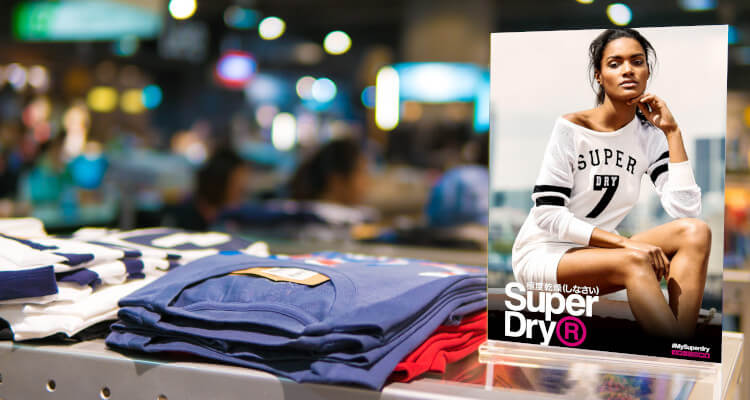
When a customer walks into or past your store, you have limited time to grab their attention. Visual merchandising creates inspiring and intriguing store spaces to engage your customer and encourage sales. A lot of time is spent making stores look great, with months of planning behind every window or in-store display you see. When thinking about your next display update, you need to think about three things: your products, your customers and your sales.
What is visual merchandising?
Visual merchandising refers to the marketing practice of drawing customers’ attention to products in order to increase sales in store. This can involve using three-dimensional product displays, colour schemes, lighting, floor plans and many other elements. Everything you see in shops is part of visual merchandising, with the aim being to not only increase retail sales, but provide an enjoyable shopping experience for the customer so they want to return.
How can I improve my visual merchandising?
If you have fantastic products, but they are displayed in a bland and uninspiring manner, customers will look elsewhere. You need to focus on accentuating your products’ best features to maximise your chances of securing a sale. There are many different ways to effectively display your products, but the techniques you choose to use are often dependent on the type of product you are selling. Read on to discover our top 10 visual merchandising ideas for your retail space.
1. Use window displays to bring people in
Your window display is the first point of contact with your customer, so it will create a first impression and help people decide whether to enter your store or not. Did you know an informative window display can boost sales by 42% [1]?
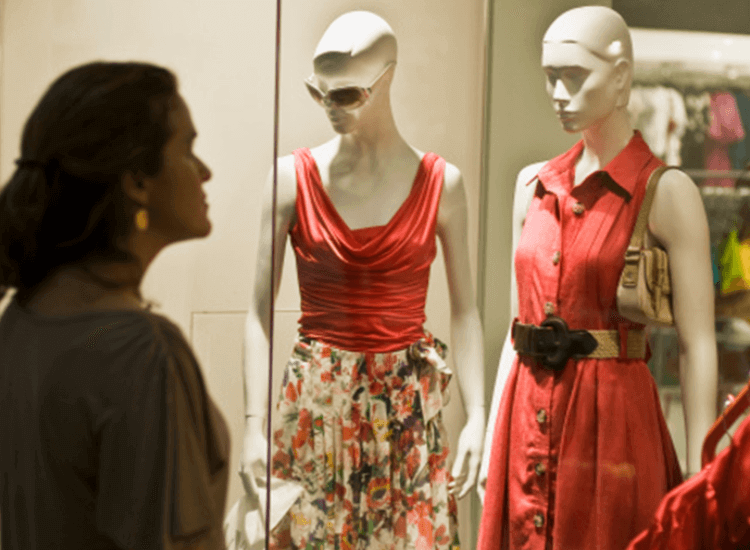
When it comes to designing your window display, make it stand out. Use colours and unusual props to engage the passing trade.
Your windows must be kept clean and well lit, as passersby will not take any notice of a grimy, dark shop front. This doesn’t mean that your window has to be very bright, as minimal lighting around key products can work well as a way to grab attention, especially for high-end brands.
Utilise your window merchandising space as a way of implementing change, whether that be with your product line or the seasons.
2. Use directional signage to help customers navigate around your store
For many people, they go into a store knowing what they need and shop with a list. Your job as a retailer is to make this easy for them. Directional signage should highlight where your products, tills, customer service desk are.
If you have the ceiling space, suspended posters work well as they are seen instantly upon entering the store. Floor stickers are a great and affordable alternative.
Use enticing words such as ‘sale’ or intriguing words such as ‘this way’ or even a simple arrow. Visual cues will encourage your customers to roam around your store which can often result in impulse purchases.
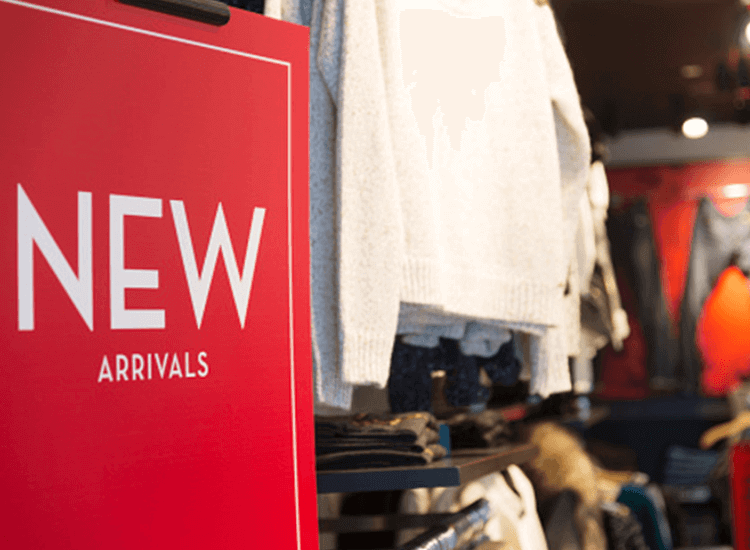
-

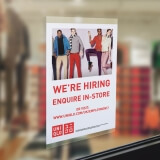
Window Sign Holder
AWPH In stockFrom: £3.43 ex. VATView -

Ceiling Poster Holder with Eyelets
PH3 In stockFrom: £6.24 ex. VATView -
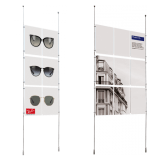
A4 Portrait Window Display Cable Systems Floor Fitted
KB3 In stockFrom: £79.80 ex. VATView -
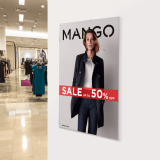
Acrylic Poster Holder with Keyholes
APHN In stockFrom: £20.09 ex. VATView
3. Update your theme regularly to keep your store fresh
Experts recommend updating your store theme every month or at least six times a year. This can be focused around your current product line or events. For example, if you are a fashion retailer and yellow is this season's must-have colour, create a vibrant yellow window display.
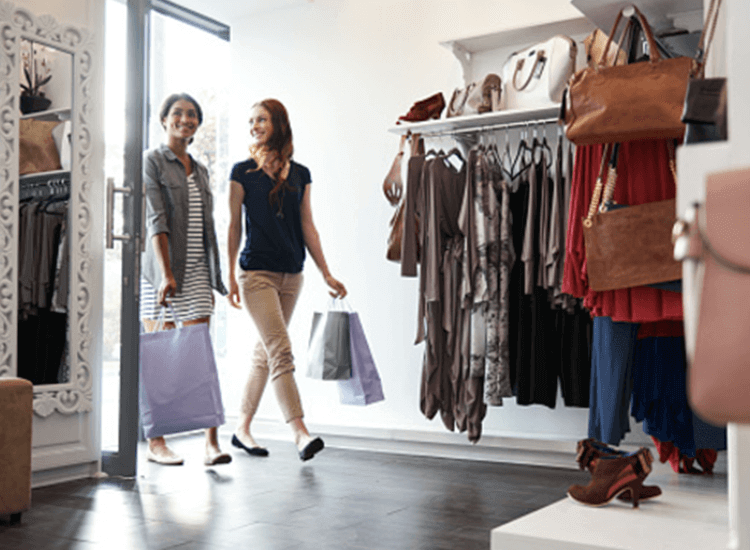
Updating your theme regularly keeps returning customers interested. If they are coming to your store every week, a new exciting area or decorative addition will reignite their love for your store.
By keeping the same style across your store with your signs and displays, you are creating an aesthetically-pleasing environment that is pleasant for the customer to interact with.
You should also consider the materials you are using, as they can each evoke different feelings from customers. Wooden products usually convey a rustic style, and are often used in businesses such as cafes and restaurants, while plastics and metal are often used to convey modernity in businesses such as fashion retail.
4. Make shopping an exciting experience
Sensory retail is bigger than ever. Customers want an experience when they shop, they want to leave your store with a story to tell and you want them to be telling everyone about how great your store is.
Do something different to make your store stand out. Creating a pleasant and memorable atmosphere using a combination of music, aroma or dramatic lighting is proven to have a positive effect on sales.
‘Scent positively influences customers’ pleasure, satisfaction, and behavioral intentions’- H. Roschk et al [2]
-
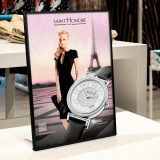
Premium Slim LED Illuminated Poster Holder
LPH In stockFrom: £38.77 ex. VATView -
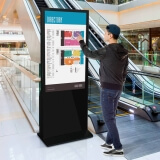
Touchscreen Digital Display Totem
DDV In stockFrom: £1,939.49 ex. VATView -
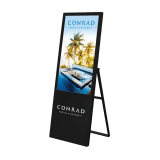
Digital A Board 43"
DAB02 In stockFrom: £1,059.91 ex. VATView
5. Engage the customer and show them why they need your product
Displaying your product in use will make your customer envision themselves using that product. Whether it is an outfit on a mannequin or an interactive hoover display, customers relate to products they can see in action.
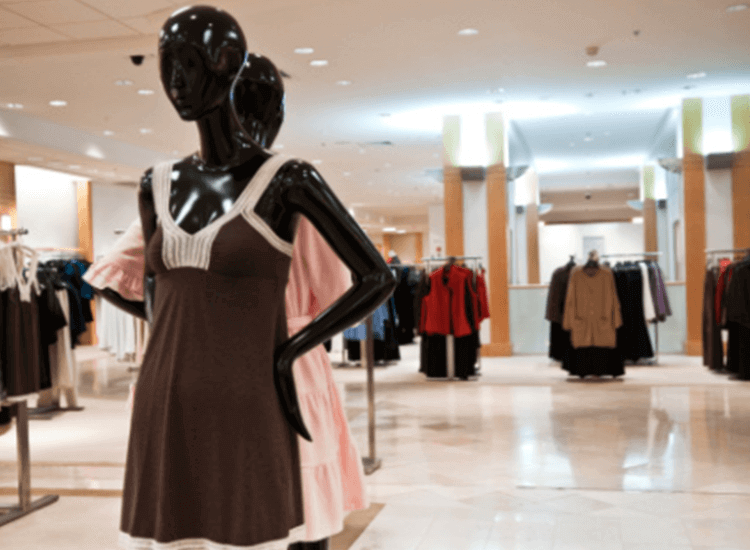
With clothing, you can display a top with a matching skirt to help build an outfit for the customer. This will not only help them imagine the top with their clothing, but could also boost your AOV with creative upsells.
Evoking a feeling in your customers is a great way to get them to engage with your products and make a purchase.
Telling a story doesn’t have to involve a big narrative - Valentine’s Day displays, for example, can be centred around a simple theme such as ‘cooking a meal for the one you love’. Use colours and signs to evoke a range of emotions, from urgency to sentimentality.
‘Eye-catching visuals matter, as the average person’s attention span is 8 seconds or less’- Intelligence Node [3]
6. Use product placement and targeted displays to boost AOV
As well as telling a story, it’s important to target your displays at the particular type of customer who is likely to buy the products on display. It’s a great idea to have a customer persona in mind when designing your displays, and create it based around appealing to this specific person. For example, if you are selling small, low value items, you’re going to need to appeal to impulse buyers with clear signage.
Knowing where to place certain items in your store is vital as it can really make a difference to your AOV. Impulse purchases are last minute decisions on products people don't need or have forgotten. Impulse purchases happen when items are correctly up-sold in the right area. Focus your small, low-value items near your till, in dump bins on your aisles and on clip strips next to relevant products.
Cross merchandising is designed to make the shopping experience more convenient for customers by displaying complementary products next to each other, to boost your average order value. For example, have bags of nuts or crisps on clip strips on your alcohol aisle as the items go hand in hand.
Another great example of cross merchandising would be placing tubs of salsa and sour cream next to bags of tortilla chips, even though they usually sit in different categories in-store.
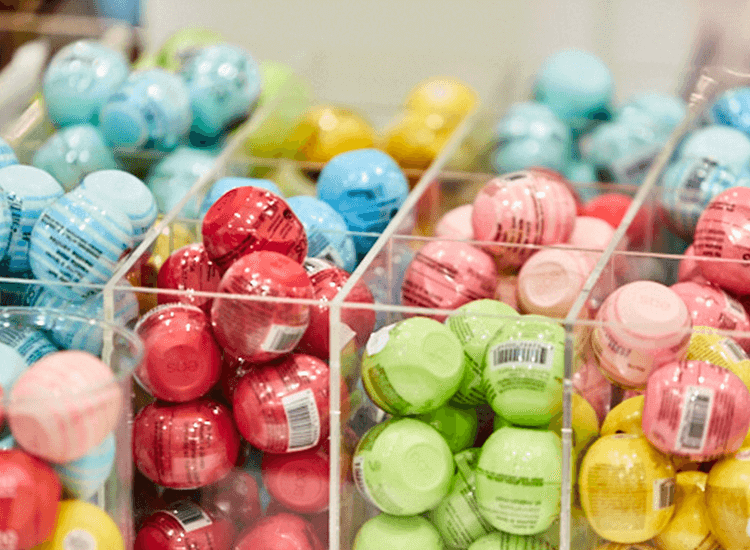
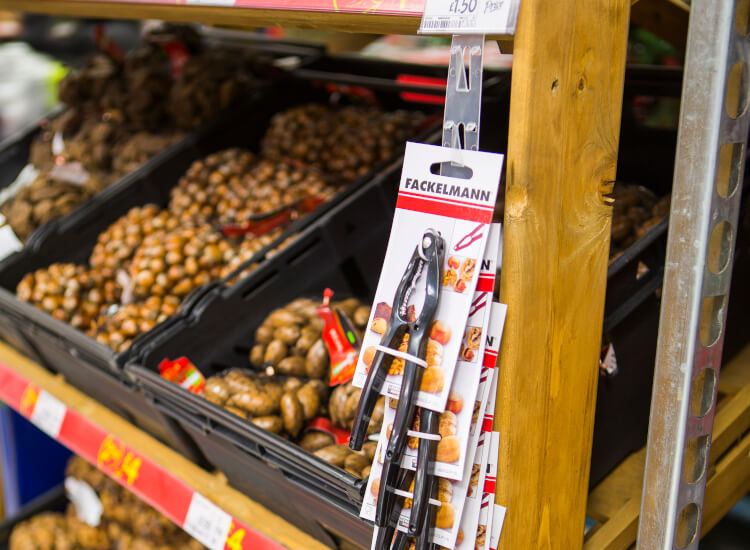
Display stands are great for showcasing the best products within your range and draw attention to any discounts, offers or new product launches you wish to promote. They come in so many shapes and sizes, from ladder shelves and plinths, to dump bins and FSDUs. Place at the end of your aisles or at the entrance to your store to increase the visibility of your items and make the most of areas with high footfall.
-

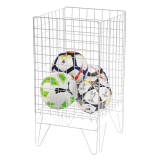
Collapsible White Dump Bin
CDB In stockFrom: £20.90 ex. VATView -

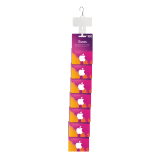
Plastic Clip Strips x 100
MS10 In stockFrom: £27.50 ex. VATView -
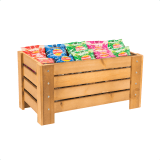
Wooden Crate Dump Bin
WCM In stockFrom: £89.00 ex. VATView -
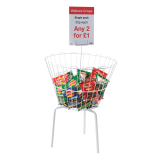
Round Wire Dump Bin
RDB540 In stockFrom: £36.00 ex. VATView
‘Did you know 76% of shoppers never speak to a sales assistant when in store?’- Grocery Trader [4]
7. Create informative POS to reduce customer questions
Many customers don't want to have to ask questions, so this is where your POS can act as the silent assistant.
If you are selling technical products, people are more likely to ask you questions, but you should still display as much information as possible with your product. Keep specifications, prices, store policies and promotions displayed on or near your product.
8. Get creative!
Unusual store window displays turn heads. Many large retailers use props that have absolutely nothing to do with their product in their window displays because they know it will make people look twice.
Fashion brand Moschino are known for their innovative visual displays. In recent years they've had penguins modelling formal suits, Santa in therapy, and a mannequin melting in the summer heat surrounded by ice cream and fruit.
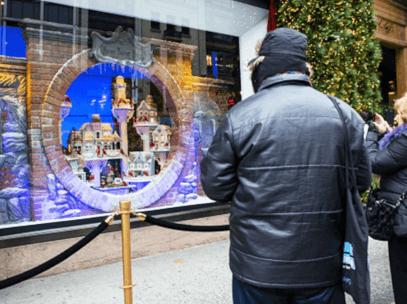
Using unusual props and narratives can help engage customers and keep them coming back.
-
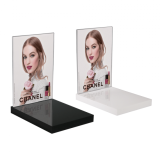
Premium Product Glorifier Unit
PHS In stockFrom: £19.13 ex. VATView -
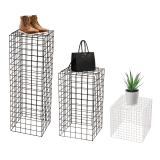
Wire Display Plinth
WDP In stockWas: £69.58 From: £45.00 ex. VATView -
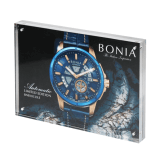
Magnetic Photo Block
AD7 In stockFrom: £3.54 ex. VATView -
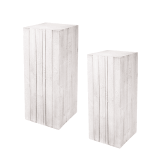
Wooden Plinth Display Set of 2
PDW In stockFrom: £119.00 ex. VATView
9. Organise, organise, organise
There's nothing worse than a chaotic store. A messy unorganised sale, clothing rack or shelf will put customers off looking at your products - it simply isn't worth the effort! Large supermarkets set aside time each day for members of staff to leave their stations and clean up the store.
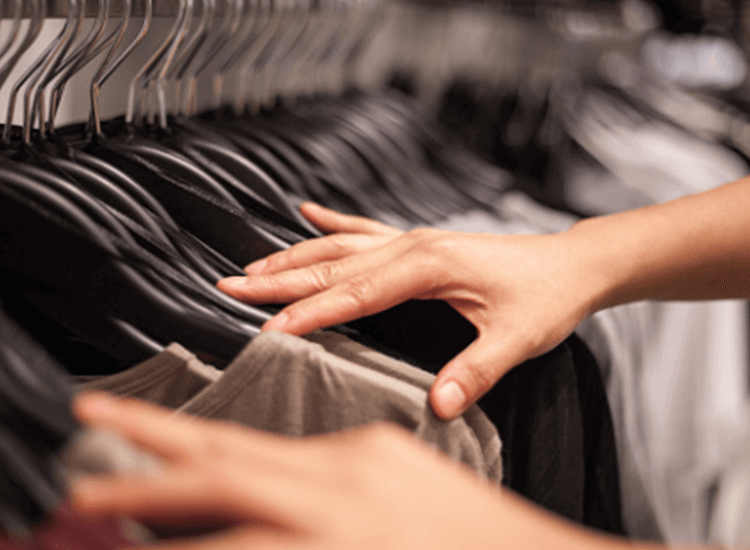
They put dumped products back where they should be, face up products for attractive displays and fill gaps to create the illusion of full shelves.
If you don't have the staffing levels to release workers from their tills, products such as shelf dividers, and merchandising hooks will keep your stock organised and evenly spaced throughout the day.
10. Utilise all of your space
Your advertising starts way before a customer enters your store. If you have pavement space - use it! Pavement signs are a proven tool for increasing your footfall.
Ceiling space is great for large department stores or supermarkets. Suspend posters or directional signage to make your store easy to navigate.
Utilise your floor space by placing a freestanding display unit or a dump bin to attract customer attention and get them to turn in your preferred direction. Display posters in snap frames for a clear, effective and professional point of information.
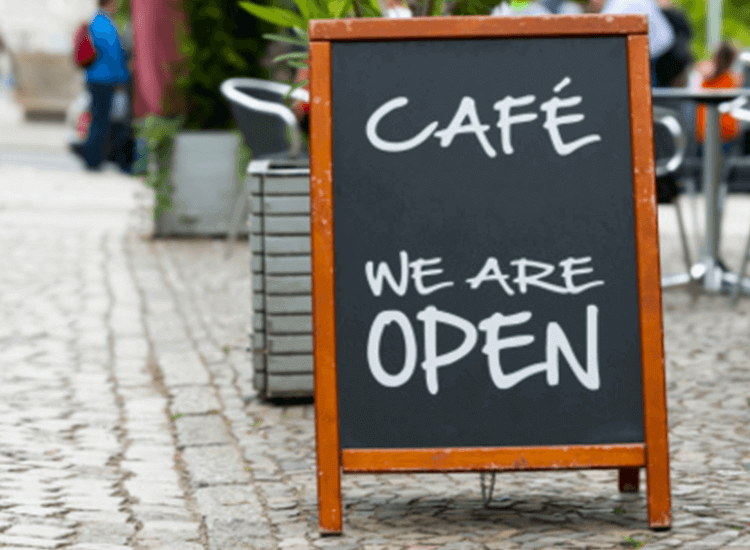
Whether it is opening times, contact details or a returns policy, use your wall space wisely.
These top 10 visual merchandising tips from UK POS have been written with the essentials in mind, but we also have plenty of extra items to suit any display needs, whatever your sector. Exploring our full range is the best way for you to be inspired to create your own visual merchandising displays from scratch.
Visual merchandising accessories
Now you’ve got the visual merchandising techniques in mind, you need the supplies to be able to implement them in your store.
Window signage and displays
Window poster holders direct passersby to your best offers before they have even set foot on the premises! They come in many different varieties, including static cling poster holders, cable and rod poster displays, and chalkboards, giving you plenty of scope to create a stunning display that reflects the character of your brand.
As well as signage, you can display your key products on freestanding units to give customers a flavour of what products await them inside. Plinths and ladder shelves are popular, as they are eye-catching, and add height and drama to a window display.
Research has shown that window displays have the greatest positive impact on impulse buying in clothing and footwear stores [5]. This may be because this type of purchase is often based on desire, not need, in contrast to food shopping - meaning that the decision to enter the store is dependent entirely on what customers see as they walk past.
-

Window Poster Sleeve Self Cling
GWP In stockFrom: £3.01 ex. VATView -
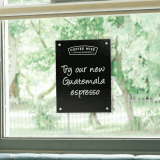
Chalkboard Window Display with Suction Cups
CDW In stockFrom: £6.90 ex. VATView -
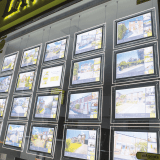
LED Cable Kit Window Display
KBL In stockFrom: £89.00 ex. VATView -

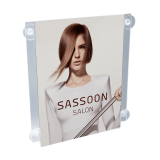
Window Display Poster Holder
SEC In stockFrom: £7.62 ex. VATView
FSDUs
Place FSDUs (freestanding display units) at the entrance to your store and in other areas with high footfall, such as the end of aisles and in corners, to ensure it receives maximum attention. They are perfect for encouraging impulse purchases through displaying discounted products, as customers often associate aisle end caps with sale items.
A Shoppermotion study in 2019 found that around 21% of shoppers on average interacted with an end cap before then proceeding down the associated aisle, while a whopping 72% of shoppers on average interacted with the end cap without going down the aisle [6]. This shows that using FSDUs as end caps is an easy way to boost the visibility of your key items.
-
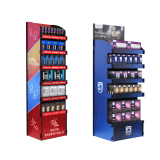
Free Standing Display Unit
FSD In stockFrom: £255.00 ex. VATView -
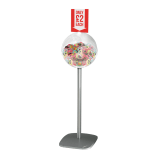
Freestanding Display Sphere
FDSPR In stockFrom: £43.81 ex. VATView -

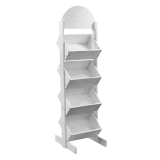
Wooden Crate Display Stand
RHM In stockFrom: £215.17 ex. VATView -
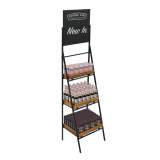
Folding Ladder Shelf Stand With Chalkboard Header
FLS In stockFrom: £224.87 ex. VATView
Clothes rails
Freestanding clothes rails are ideal for fashion retailers, as they allow customers to walk all around your clothing displays for a great view of your products. They're perfect for keeping your displays neat and tidy, as customers are able to sift through the clothes hangers to find the size or colour that they want, without needing to move other items.
You can also add accessories to the rails for an even neater display, including rail card holders and dividers. These accessories help customers find the size they are looking for at a glance and adds to the overall positive shopping experience.
-
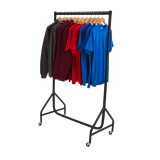
Heavy Duty Clothes Rail
STR In stockFrom: £43.00 ex. VATView -
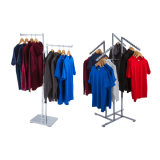
Clothes Rail Display Stand
AR4 In stockFrom: £59.15 ex. VATView -
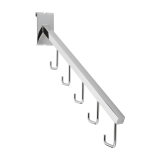
Gridwall Five Hook Waterfall Arm
GRDFH In stock£3.85 ex. VATView -
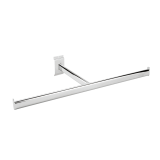
T-Bar Slatwall Arm Rail
TRLS In stockFrom: £8.95 ex. VATView
Shelf signage
Shelves offer the perfect space for cross merchandising, by using clip strips and hanger strips to display smaller accessories next to your main items. Clip strips come with around ten or more stations that allow you to display items such as crisps, utensils or hair ties.
Shelf talkers help your promotions stand out on the shelf edge, while
-
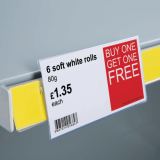
Universal Central Fitting Shelf Talker
PB14 In stockFrom: £0.24 ex. VATView -
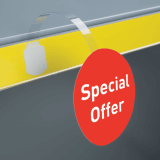
Adhesive Round End Wobbler Strips x 100
WB2 In stockFrom: £8.90 ex. VATView -

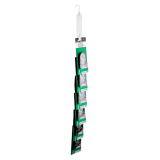
Plastic Hang Strips x 100
MS2 In stockFrom: £26.30 ex. VATView -
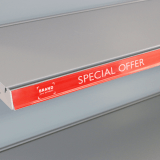
Bespoke Printed Shelf Edge Infill Strips
INF In stockFrom: £1.89 ex. VATView
If you enjoyed this article, you may wish to check out our piece on cross selling and upselling strategies next. Or, head over to our Retail Hub to view our collection of advice and display ideas!
References
1. Glen Robins, What Can Window Displays Do For Your Business?, IPW1, https://www.ipw1.co.uk/what-can-window-displays-do-for-your-business [accessed August 2021].
2. H. Roschk et al., ‘Calibrating 30 Years of Experimental Research: A Meta-Analysis of the Atmospheric Effects of Music, Scent, and Color’ (2017), Journal of Retailing, 93, pp. 228–240.
3. Why Visual Merchandising Matters More Than Ever, Intelligence Node, https://www.intelligencenode.com/blog/visual-merchandising-matters-ever/ [accessed August 2021].
4. ‘Reviving retail for Christmas’ (2015), Grocery Trader, https://grocerytrader.co.uk/reviving-retail-for-christmas/.
5. Rasa Gudonaviciene and Sonata Alijosiene, ‘Visual Merchandising Impact on Impulse Buying Behaviour’, Procedia Social and Behavioral Sciences (2015), Vol. 213, p. 638.
6. Retail end caps intelligence (II), Shoppermotion, February 2020, https://shoppermotion.com/blog/retail-end-caps-intelligence-ii/ [accessed August 2021].


